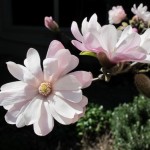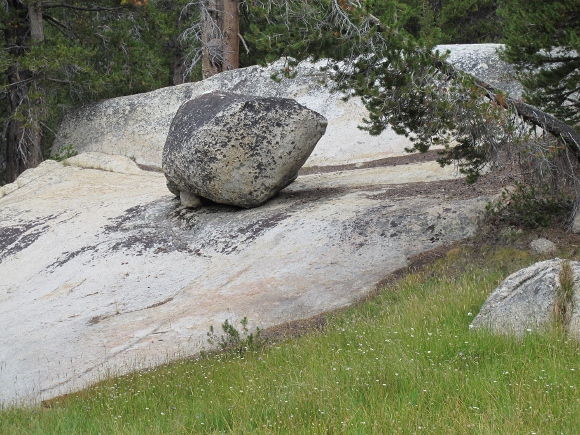
By Barbara Falconer Newhall
Rocks. There is something about rocks that speaks to me these days. It’s their sturdiness, I think. They’re willingness to stay in once place. Their wordlessness.
Yosemite National Park is probably my very favorite rock place. El Capitan, that massive cliff overlooking the Yosemite Valley, is the biggest single chunk of granite in the park — and in the world, for that matter. But to me, just as spectacular as all that bigness is the abundance of the smaller stuff at Yosemite — the boulders, the rocks, the stones, the pebbles and even the bits of sand that litter the park’s 12,000 square miles.
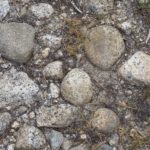
It took 100 million years for the rocks of Yosemite National Park to form — deep underground — and many more eons for that rock to be thrust upward, to be shaped and polished by the action of rivers and glaciers.
If you really must have more of the geologic history behind all the earthy beauty at Yosemite, you could go on over to the Yosemite website, where you’ll find some gorgeous words to go with all those exquisite rocks. Try letting granodiorite, tonalit, biotite, gabbro, latite tuff and hornblende roll off your tongue.
But first, sit a while and listen to these rocks. They are weighty. They have been here a while. They’re trying to tell you something.
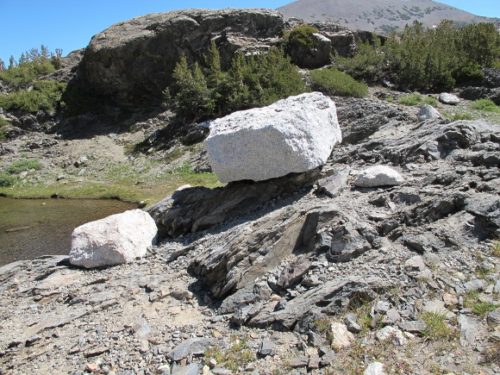
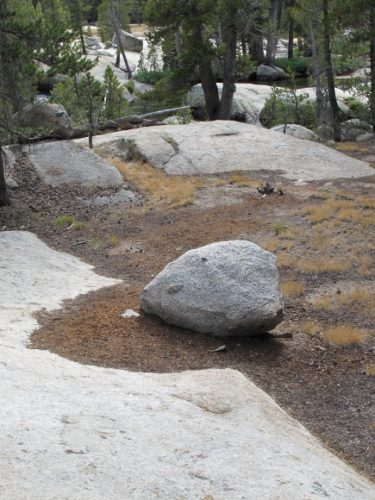
© 2016 Barbara Falconer Newhall. All rights reserved.
If you liked this post, you might enjoy “Beauty is in the Eye of the Beholder — But What If There’s No Beholder?” More photo ops at “China’s One-Child Families — They’re for Real, for Now.”


